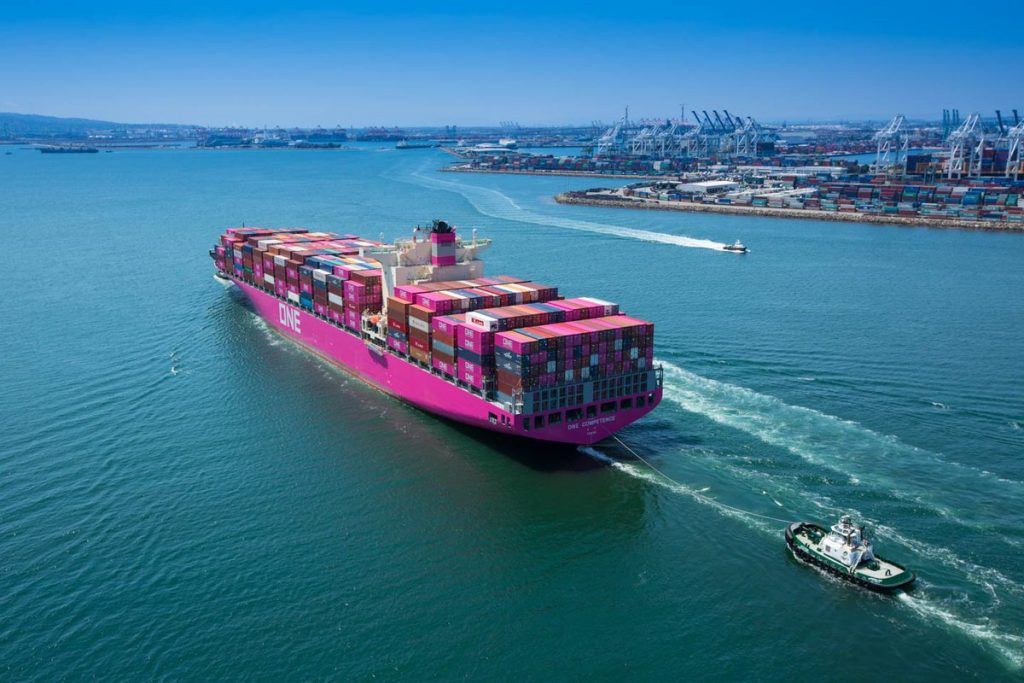Intra-regional trade in the region of the Treaty between Mexico, the United States and Canada (USMCA) was 39.2% of the total trade of the three countries in 2021, according to data from the United Nations (UN).
Total intra-regional trade in the USMCA nations amounted to 2619.8 billion dollars last year; that is, 49.7% of total exports and 31.9% of total imports.
Economic conditions in Mexico are highly correlated with economic conditions in the United States due to the physical proximity and high degree of economic activity between the two countries in general, including trade facilitated initially by the North American Free Trade Agreement (NAFTA), and now by its successor, the USMCA.
Consequently, political developments in the United States, including changes in administration and government policies, may also have an impact on the U.S. dollar/Mexican peso exchange rate, economic conditions in Mexico and global capital markets.
Intra-regional trade
In July 2020, the USMCA went into effect, which was designed to modernize trade in food and agriculture, advance rules of origin for cars and trucks, and improve intellectual property protections, among other issues, according to the Office of the United States Trade Representative (USTR).
After comprising 40.2% of intra-regional trade in the total trade of North American countries, that ratio was 29.5% in 2019 and 28.6% in 2020.
Moreover, during the negotiations leading to the USMCA, the political and commercial relationship between the United States and Mexico was tense.
At the same time, since July 2018, the United States has imposed a series of tariffs, ranging from 5% to 25%, on a variety of imports from China and has subsequently implemented tariffs on additional goods imported from China.
It is unclear whether or not the U.S. government will take further tariff measures or grant relief from actions already put in place.
Also, price increases may have an adverse impact on the competitiveness of the companies’ products relative to other manufacturers.
It remains unclear what the U.S. government or other foreign governments will or will not do with respect to tariffs, the USMCA or other international trade agreements and policies.
![]()

